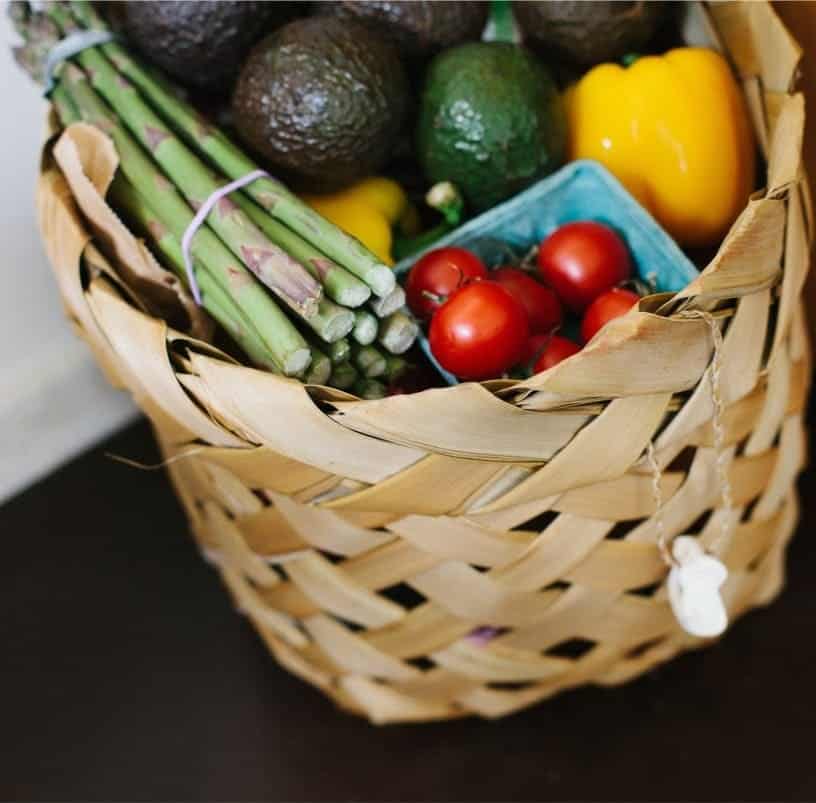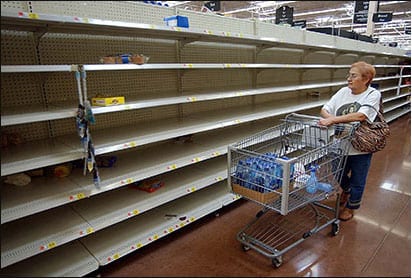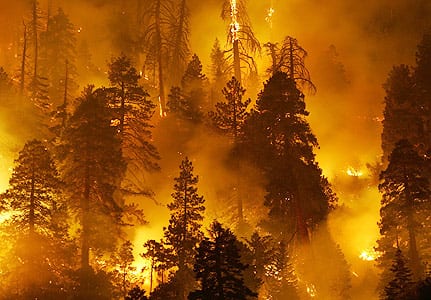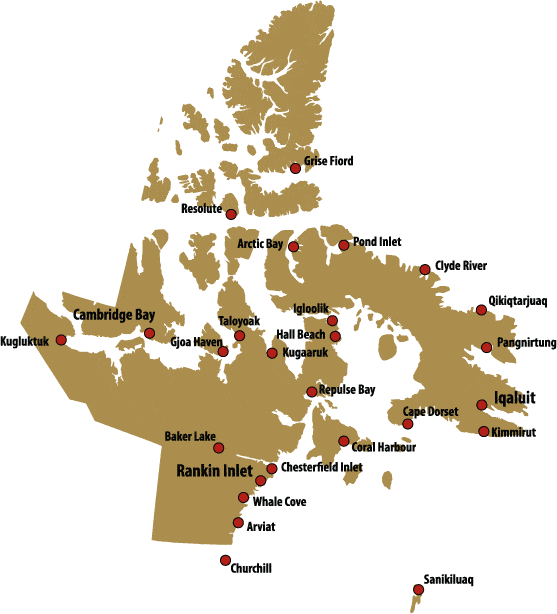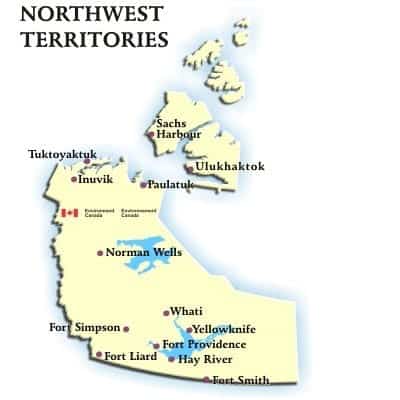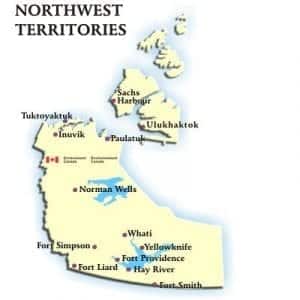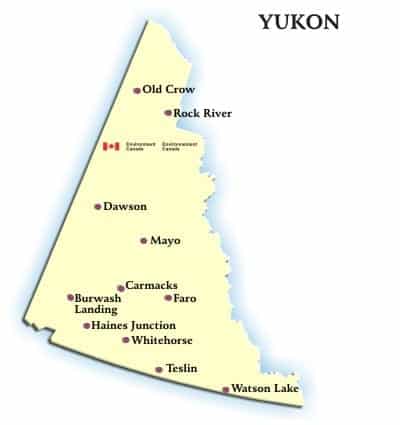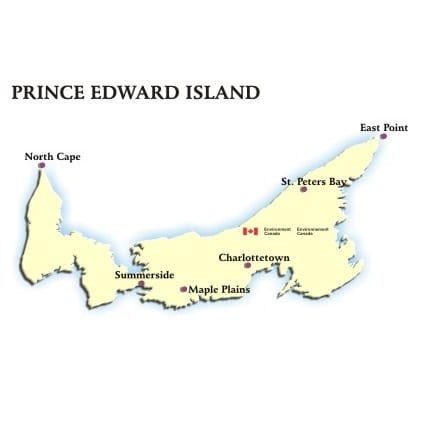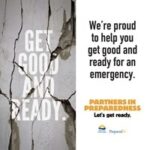Bolstering Your Emergency Food Supply
As we talked about in our most recent post, we can’t always count on our regular food suppliers to sustain us through emergency situations. The Vancouver storm in August was a perfect, small-scale example of what can happen: power outages sweep a city, freezer food goes bad, and everyone starts running to the grocery stores. Many people are thinking, “What if this were an even bigger emergency—like an earthquake—and this were all I had in my cupboards?” CBC published a helpful article to this effect. You can read it here.
A couple cans of old beans that you keep in case you don’t have time to cook one night—that’s not emergency food.
At Total Prepare, we have all the emergency food you need. Most of it has a 25 year shelf life, is GMO free and tastes great! It takes up less room and is stored in a healthier, longer-lasting way than canned food or regular dried food that you get from your grocery store. Buying a few buckets of breakfast, lunch and dinner entrees is the best way to rest easy. You may not break into the buckets at the first sign of a power outage, but you’ll be beyond relieved and grateful to have them on hand, in the case of anything worse.
Besides buying our freeze-dried foods created specifically for emergency occasions, you can also take action yourself and bolster your home and your community’s food supply through daily actions. Here are a few ideas:
- Plant a garden! Or keep on gardening. Yes, even in the winter season, it’s possible to grow edibles in many parts of Canada. Ask around for tips on growing during this trickier time of year and enjoy the challenge! You may also want to try saving the seeds of the produce you’ve grown. Consider using them yourself, or passing them along to your neighbours, family and friends. You are literally creating food for people. Helpful tip: Properly saved seeds should last up to 3 years before planting!
- Another way to increase the amount of locally grown food is by encouraging our farmers. This means, of course, buying their produce.
- Lastly, it’s so important to educate ourselves: about how to grow our own food, about legislation concerning food and farming in our region and country and what needs changing, about how much food we should have stored up in the case of an emergency… and more!
Actually, we can tell you how much food we think you should store, right now. Gardens aside, at minimum, it’s best if you have stocked 2 weeks worth of non-perishable food for each person in your family. Fresh food will be a wonderful bonus on top of that! Do the math now, and you’ll be thankful later.
Article contributed by Sophie Wooding – Avid gardener and cyclist in Victoria, BC and Content Writer for Frontier.io

